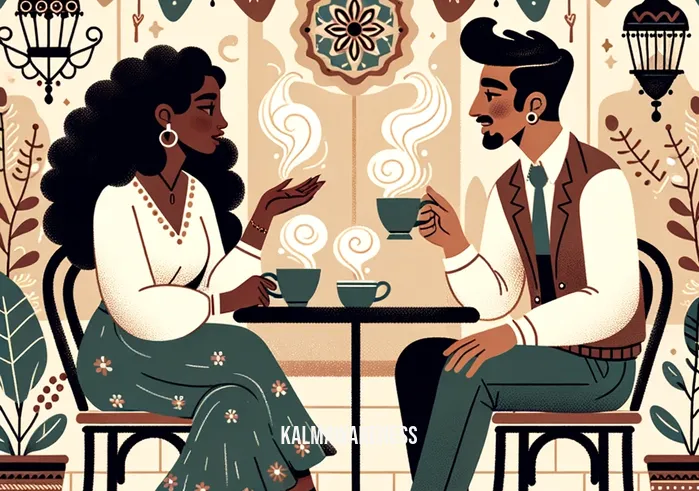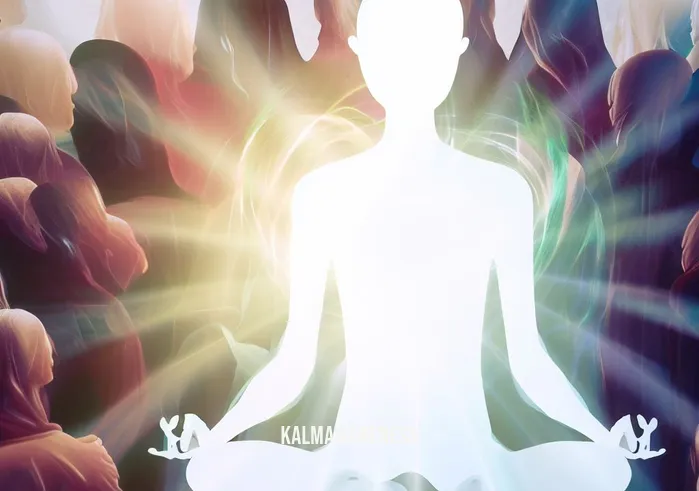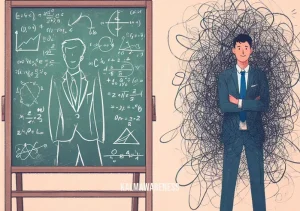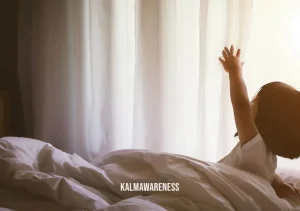Exploring the World of “Images of Moods”
Have you ever gazed at a painting or a photograph and felt an instant connection with the mood it portrays? This phenomenon, where visual art resonates with our emotions, is not just about aesthetics; it’s about a deep-seated connection between our mind and the images of moods. In this essay, we’ll embark on an exploration of how these images influence our feelings and thoughts, setting the stage for a deeper dive into this fascinating subject.
The Influence of Visual Imagery on Our Moods
Visual imagery, ranging from paintings to photographs, carries the power to evoke a spectrum of emotions. This influence is evident in how we respond to different images of moods. For instance, a vibrant sunrise can instill a sense of hope, while a somber landscape might evoke melancholy.
- Connection with Mindfulness: Images that reflect tranquility or peace often lead us to a mindful state. You can explore this further at Pictures of Mindfulness.
- Emotional Resonance: Each image we encounter holds a unique emotional frequency, similar to how certain sounds, like the 783 Hz frequency, are believed to impact our well-being.
The Psychology Behind “Images of Moods”
Our psychological response to visual stimuli is complex. Images that mirror our current mood can provide comfort, while those contrasting it might offer a new perspective. This interplay is key in understanding the role of images of moods in emotional healing and growth.
- Reflection and Growth: Viewing images that align or conflict with our emotions can lead to introspection, a cornerstone of personal development.
“Art washes away from the soul the dust of everyday life.” – Pablo Picasso
This quote beautifully encapsulates the cleansing effect that engaging with different moods through imagery can have on our minds.
The Role of Visual Imagery in Everyday Life
In our daily lives, we are constantly interacting with images – be it through social media, art, or nature. These interactions shape our emotional landscape, influencing our mood, thoughts, and even actions.
- Mindful Interaction: Being aware of the impact of these images on our mood is a step towards mindful living.
- Therapeutic Use: In therapeutic settings, visual imagery is often used to help individuals explore and understand their emotions.
Looking Ahead
As we conclude this first segment, remember that the world of images of moods is vast and filled with insights waiting to be discovered. In the next segment, we will delve deeper into how these images can be used in mindfulness practices and emotional healing. Stay tuned to explore how the visual language of emotions can enhance your understanding of yourself and the world around you.
Join us in the next part of this journey, where we will uncover more about the power of imagery in shaping our emotional world. Click here to continue this exploration into the art of understanding and utilizing images of moods.

Harnessing the Power of “Images of Moods” in Daily Life
In the first segment, we explored the impact of images of moods on our emotions and mindfulness. Now, let’s delve into how we can actively harness this power in our everyday lives. We’ll explore practical applications and introduce a storytelling element to bring these concepts to life.
The Role of Images in Emotional Healing
Visual imagery is not just a passive experience; it can be a powerful tool for emotional healing and growth. Consider the story of Emily, who, after a heartbreak, turned to art as a form of therapy. By creating and surrounding herself with images that depicted healing and joy, she found a way to mend her broken heart. You can read more about such experiences at A Broken Heart Can Mend.
- Art Therapy: Creating images that reflect desired moods can be therapeutic, aiding in emotional recovery.
- Visual Affirmations: Surrounding ourselves with images that depict positive moods can reinforce feelings of happiness and contentment.
The Science of Mood Imagery
The impact of images of moods on our brain chemistry is profound. Viewing certain images can release neurotransmitters like serotonin and dopamine, contributing to a more positive mood.
Mood Imagery in Practice
| Image Type | Emotional Impact | Application in Daily Life |
|---|---|---|
| Nature Scenes | Calming, grounding | Use as desktop or phone wallpapers |
| Abstract Art | Stimulates creativity | Display in workspaces or creative areas |
| Family Photos | Nostalgia, love | Keep in personal spaces for comfort |
This table illustrates how different types of images can affect our mood and suggests ways to incorporate them into our daily routine.
Personalizing Your Visual Environment
Tailoring your visual environment to reflect your desired mood is a simple yet effective strategy. This could mean decorating your living space with artwork that makes you feel peaceful or using screen savers that evoke joy and inspiration.
- Customizing Workspaces: Choose imagery that stimulates productivity and creativity. For inspiration, explore Joy in Cursive.
- Mindful Selection: Be mindful of the images you consume on social media and other platforms. Opt for content that uplifts and motivates.
“A picture is a poem without words.” – Horace
This quote highlights the silent yet profound impact that images have on our emotions.
Engaging with Mood Imagery
Engaging with images of moods is not just about viewing; it’s about interacting with them. This interaction can take many forms, from creating art to mindfully observing the imagery around us.
- Creative Expression: Engage in art-making, photography, or any form of visual creation that allows you to express your mood.
- Mindful Observation: Spend time observing the details in images, exploring the emotions they evoke.
Preparing for the Final Dive
As we delve further into the world of images of moods, we begin to appreciate the profound impact they can have on our emotional well-being. In the concluding segment, we will explore innovative ways to integrate mood imagery into our daily mindfulness practices. Stay tuned to discover how you can enhance your emotional landscape with the artful use of imagery.
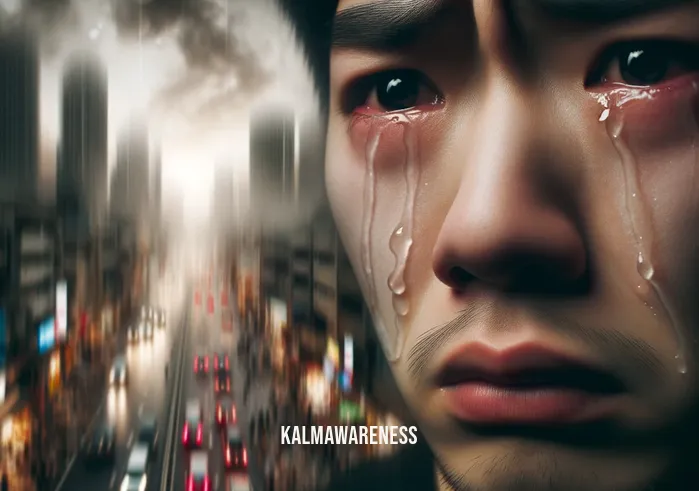
Integrating “Images of Moods” into Daily Mindfulness
In our journey through understanding the images of moods, we’ve explored their impact on our emotions and how we can harness their power. Now, let’s bring this exploration to a practical conclusion, focusing on incorporating these insights into our daily mindfulness practices.
Everyday Applications of Mood Imagery
Applying the concept of images of moods in everyday life can be both simple and transformative. Here are some practical ways to integrate these insights:
- Mindful Decor: Choose home decor that uplifts your spirit. This could include paintings, photographs, or even sculptures that resonate with your desired mood.
- Digital Detox: Be mindful of the images you consume digitally. Replace random scrolling with viewing images that bring joy or peace, like those found in Soulmate Illustration.
Using Imagery for Personal Growth
- Journaling with Images: Combine traditional journaling with mood imagery. Paste images that reflect your daily emotions and write about their impact on you.
- Visualization Techniques: Use imagery in meditation or visualization exercises. This could be as simple as imagining a peaceful scene or as specific as visualizing achieving your goals.
Summarizing Our Journey
Over the course of this essay, we’ve discovered that images of moods are more than just visual stimuli; they are powerful tools that can influence our emotional well-being. From enhancing our mindfulness practices to aiding in emotional healing, the impact of these images is profound and far-reaching.
“The soul never thinks without a picture.” – Aristotle
Aristotle’s insight reminds us of the inherent power of imagery in shaping our thoughts and emotions.
Reflecting on the Power of Imagery
As we conclude, it’s important to reflect on how we engage with visual stimuli in our lives:
- How do the images in your environment affect your mood?
- Can you use imagery more mindfully to enhance your emotional well-being?
Taking Action
Now that we’ve explored the rich landscape of images of moods, I encourage you to take action. Start by evaluating the imagery in your personal space. Does it reflect the emotions and moods you wish to cultivate? If not, consider making changes that align more closely with your emotional goals.
Also, consider exploring more on this topic. Delve into resources like Bruce Lee’s Meditation Techniques for further inspiration.
Your Invitation to Explore Further
This essay is just the beginning of a deeper exploration into the world of mind and emotions. I invite you to continue this journey on our website, where you’ll find more resources and stories. And don’t forget to share your experiences and insights in the comments. Your personal stories enrich our understanding and inspire others in their journey towards mindfulness and emotional well-being.
Let’s continue to explore and grow together, using the powerful tool of imagery to enhance our lives and nurture our spirits.
